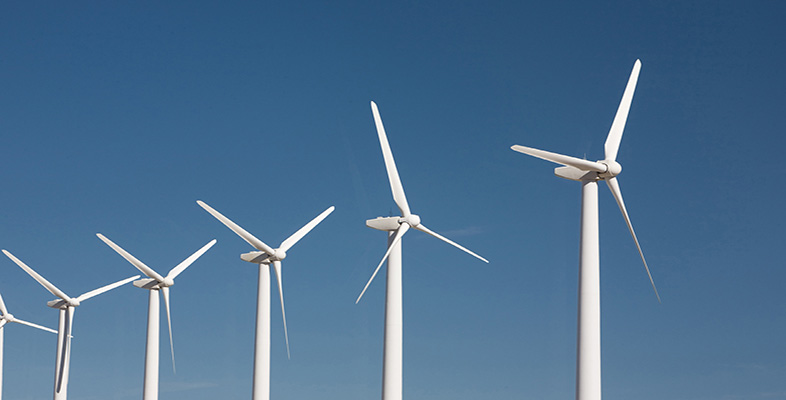5 Energy services and efficiency improvement
Energy efficiency measures can also play a part in reducing energy demand and greenhouse gases. At present, only about one-third of the energy content of the fuel we use emerges as 'useful' energy, the remaining two-thirds ends up as waste heat. The present regulatory regime compounds this problem by rewarding utilities for selling as much energy as possible regardless of energy efficiency or longevity of appliances.
One reason for the continuing inefficiency is that energy has been reducing in price over the past century, so there is little incentive to reduce costs by increasing efficiency.
On the supply-side there is a large potential for improving the efficiency of electricity generation by the application of new technologies. One example is the combined cycle gas turbine (CCGT) which uses the hot exhaust gases from a gas turbine generator to power a steam generator which then produces additional electricity. This results in efficiencies of 50 per cent or more.
Another example is the use of waste heat from power stations to directly heat buildings. This process, called combined heat and power (CHP), is widely in use in Denmark where around 72 per cent of electricity was produced this way in 2000.
Losses of around 8 per cent can also occur after electricity production through the transmission and distribution systems that convey electricity to customers.
There is also a large potential to increase the efficiency of energy use on the demand-side, The technological approach is to improve the efficiencies of the appliances we use so that we use less energy to achieve the same service levels. The social approach involves rearranging our lifestyles so that we use less energy, e.g. by walking or cycling instead of driving to work.
Government statistics break down energy use into four main sectors:
the domestic sector consisting of households requiring energy for heating, lighting, hot water, cooking and electrical appliances;
the commercial and institutional sector consisting of offices, shops, schools, hospitals etc. which have similar energy requirements to households;
the industrial sector has similar demands to the previous two sectors but in addition needs energy to power specialised industrial processes such as steel making; and
the transport sector mainly uses energy to power vehicles.
It is possible to improve efficiency in buildings by insulating against loss of heat. Other measures include, draught proofing and heat recovery systems, and energy efficient appliances. The industrial sector can improve energy efficiency by re-using waste heat from one industrial process for another.
Another way to reduce energy usage is to reduce the material used in products. For example, it is possible to use thinner metal in products as diverse as car bodies and drinks cans.
